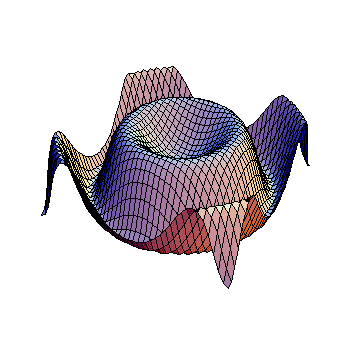How do you use the Squeeze Theorem to find #lim(x-1)sin(pi/x-1) # as x approaches one?
2 Answers
Explanation:
Firstly, we don't need the squeeze theorem because the function is continuous at values close to
If we have
Multiplying both sides by
Since
The squeeze theorem tells us that
Explanation:
Limit from the right is 0
For
So
Limit from the left is 0
For
So
Therefore,


